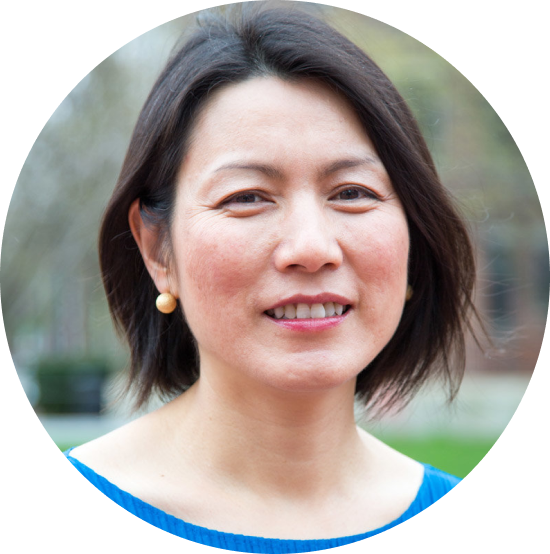INSIGHTS
Ibasho: How to design for ageing

Professor Emi Kiyota from the Centre for Population Health at NUS is the founder of Ibasho, a pioneering approach to empowering the elderly to have fulfilling lives by building organic communities that they are an integral part of. She shares her insights into a pressing challenge of our time: the relationship between the built environment and ageing populations.
Q: How have commonly-held assumptions limited the extent to which design has been able to contribute to the well-being of older people?
A: Ageing is often solely defined by biological or biomedical concepts. By the UN definition, an older person is over 60 years old, and by Singapore’s definition, an older person is over 65 years old. However, between a person who is 65 and another who is 105, there is a 40-year difference, and lifestyles, needs and identities of older persons of these ages can vary! Even at the age of 65, there are large disparities in people— some may be able to run marathons, and others may be very sick. It’s not possible to lump together a group of people this varied and large. We need to change our mindset, and not generalize older people as being of one type just because they are assumed to have one kind of biological condition. This will naturally change the way we design for older people. We will stop designing for one set of needs and begin doing our best to meet the diverse needs and wants of older people as much as possible. In addition, we can be more creative in designing spaces that integrate rather than segregate by age.
Another assumption about ageing is that older people have different needs and wants from the younger generations. However, from my own experience and research of both older persons and the younger generations is that often, both groups have the same desire to want to help others. Spaces, instead of being designed for different needs and differentiating the social spaces of older versus younger people, can tap into this universal longing and create environments where people, regardless of age, can receive the enjoyment that comes from improving the lives of others.
Another assumption is that designing for older persons is an extra burden on the majority of able-bodied people which make up society. However, spaces, if designed for the most vulnerable populations, would actually benefit everyone. Who is to say that we who consider ourselves to be youthful and healthy will not pass through a phase where we might experience some of the vulnerabilities of older age? Ageing is also an inevitable and constant lived experience that we should seek to improve for ourselves. Designing for older people and the most vulnerable populations will serve even us who are younger and able-bodied. While saying this, I want to stress that the category of older persons and the category of vulnerable persons is not the same – they intersect, but we need to remind ourselves once again that older people are not a monolithic group and cannot simply be characterized as just vulnerable.
Q: What was your motivation in starting Ibasho?
A: Previously, I had worked in the design of nursing homes and hospitals, but I eventually realised that I was losing sleep designing a place that ultimately nobody wanted to go to. I realised this was because I didn’t know what older people wanted, so I had to ask older people what they wanted. I found that, above all, older people want to help others. It turns out that the processes and vehicles of help may change between countries and generations, but the happiness that comes from helping others is universal. It made me realise that we need to give older people the opportunity to help us. So often, we believe we should be helping them, and when we do the things that they can do themselves, we take away their autonomy. Both our expectations of what older people need, and how to help them, need to change.
There is a lot of resentment from younger people towards older people, when they see them as a burden on them. In actuality, the two groups may have more in common than either believe. Both find joy in helping others, and can help one another. How much more positive will the feelings towards older people be, when younger people realise that older people have been helpful to them! To reach these understandings, there must be honest, productive conversations between generations to mend these rifts. This is why I created Ibasho cafes. I hope they becomes spaces for intergenerational bonding, offering a space to help, and to be helped. Hopefully, it will soon become normal for a 10-year-old and a 70-year-old to be friends! However, ten years from now, I would like to see zero Ibasho. The idea that older people can be helpful, and that it is natural for older and younger people to converse, form friendships, and build understanding, should become so normal and widespread that there need not be a specific space dedicated to it.
Q: When should we start planning for ageing?
A: Perhaps ageing starts from Day 1-- going from zero to one year old is ageing. Some might even say that ageing starts from when you are in your mother’s womb. We are in constant flux, always getting older, and we don’t need to wait to plan for a process we are already in. Everything we do for older people will be good for everyone, because everyone is and will be getting older. And we do not need to put negative connotations on that, it is a process that offers the opportunity for change and growth!

